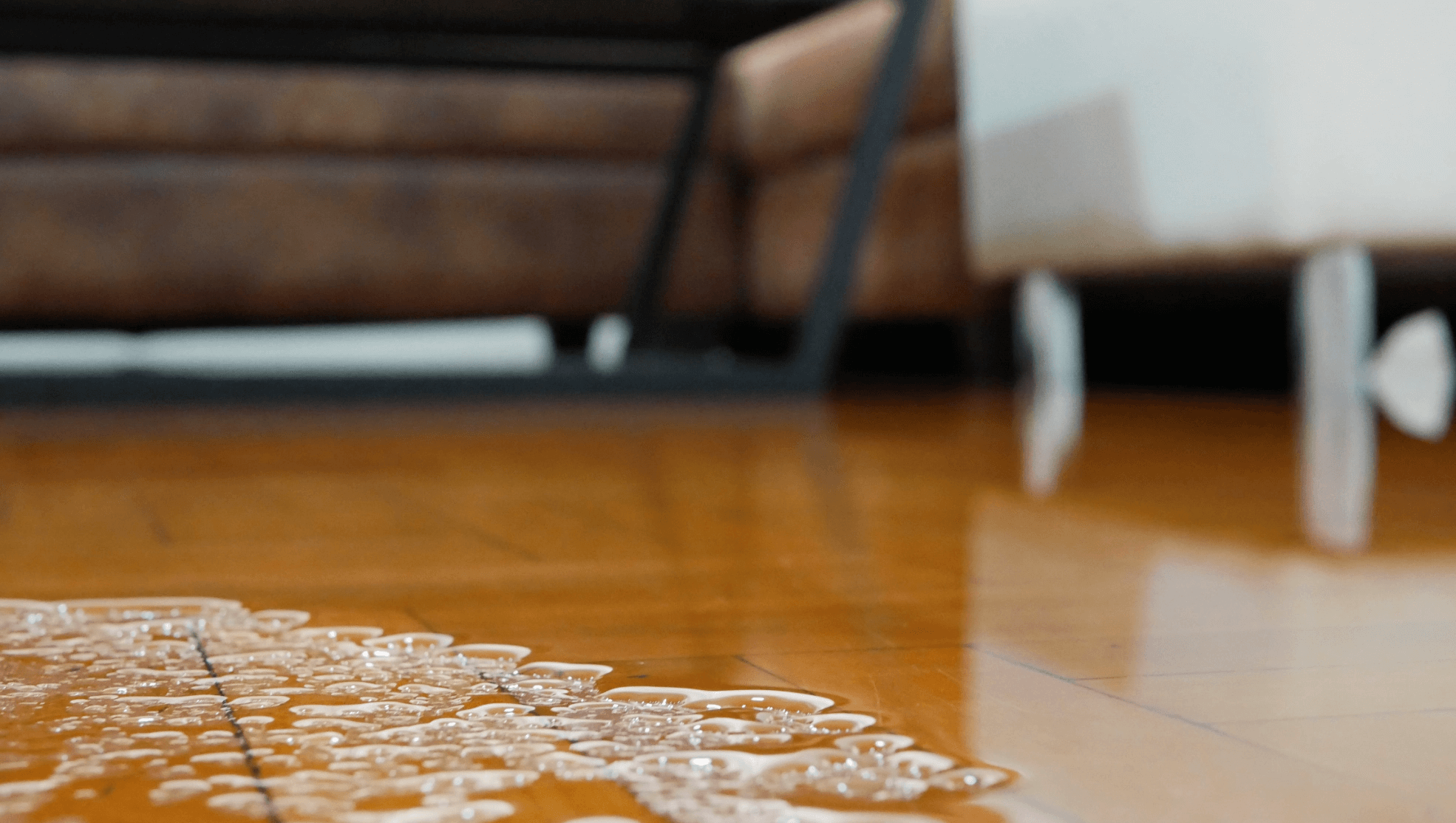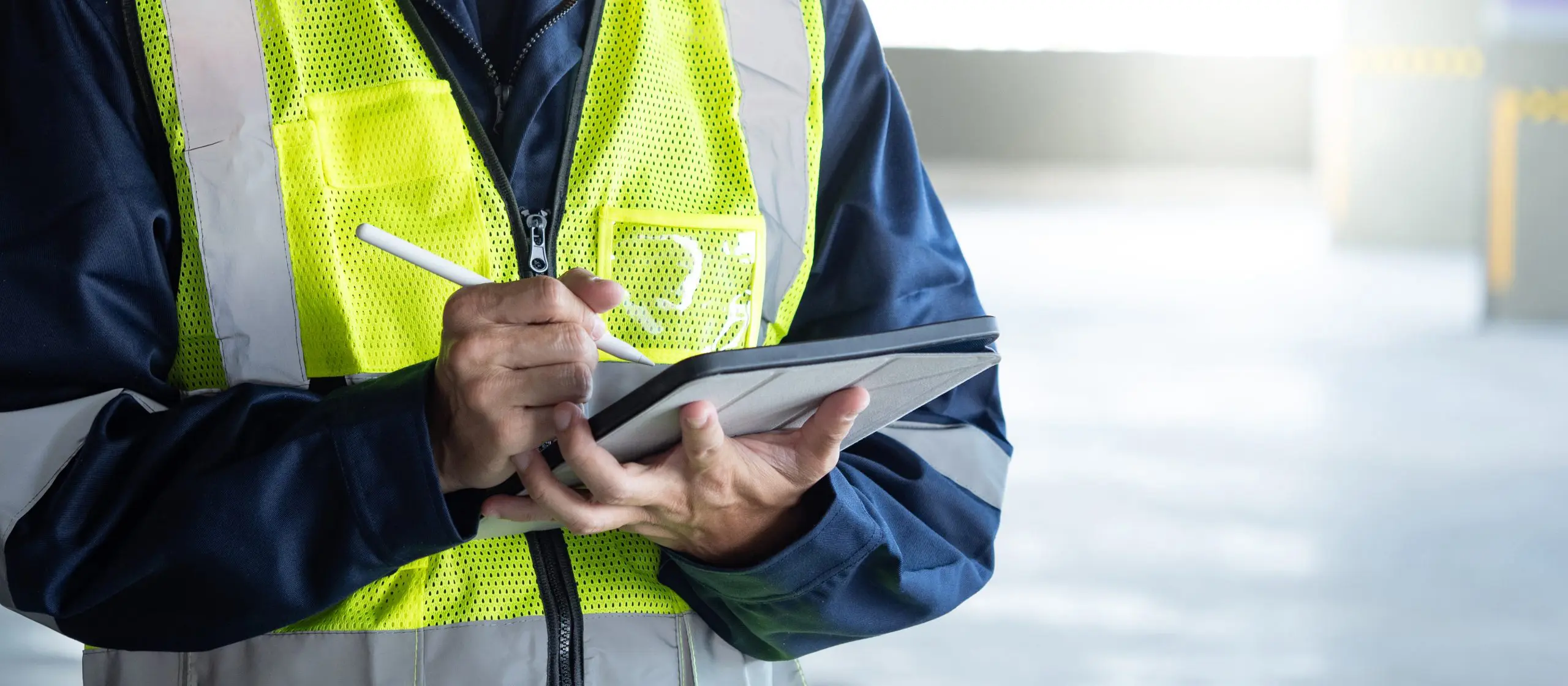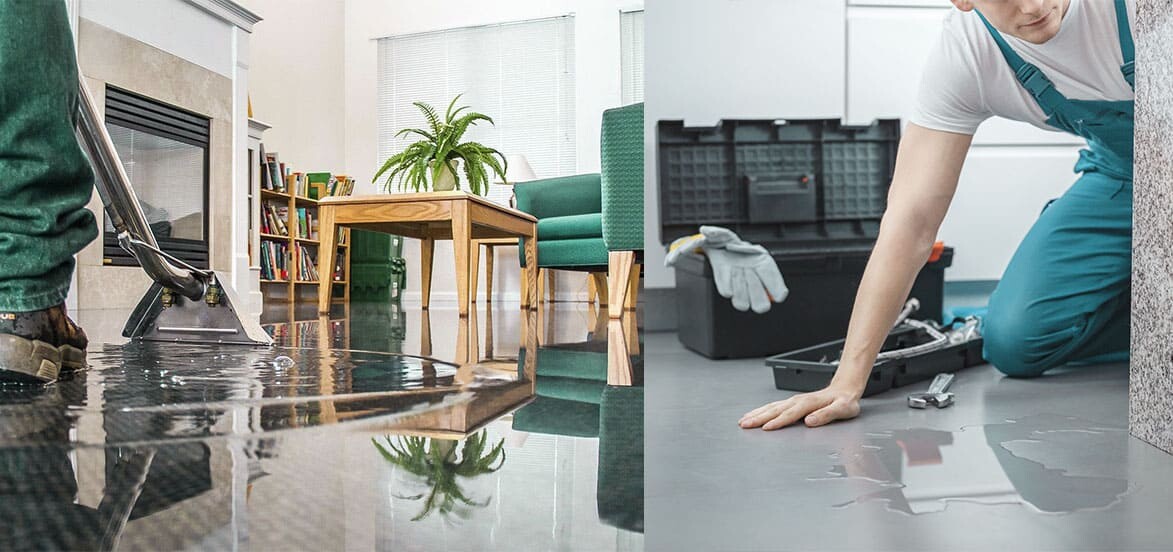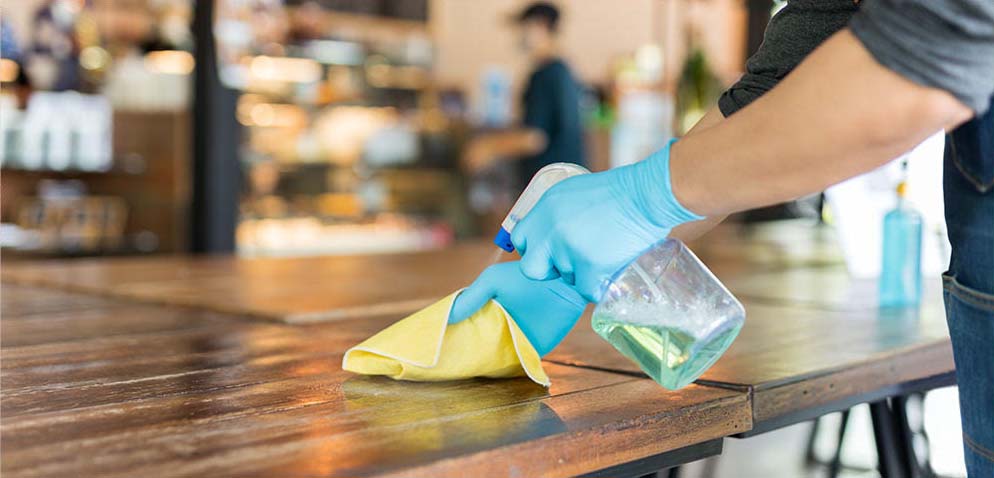
13 Oct Flood Damage Repair Services: What to Expect During Water Damage Restoration
Introduction
Flood damage can be devastating for homeowners and businesses alike. A flood’s aftermath often leaves extensive water damage that requires immediate attention to prevent further complications such as mold growth, structural issues, and health hazards. Understanding what to expect during the water damage restoration can help you navigate this challenging time more effectively.
This article provides a comprehensive guide on flood damage repair services, detailing each step involved in water damage restoration. Following these guidelines ensures that your property is restored to its pre-flood condition efficiently and safely.

Initial Assessment and Inspection
Importance of Initial Assessment
The first step in any water damage restoration process is a thorough assessment. Professionals will inspect the affected areas to determine the extent of the damage. This assessment is crucial for developing a clear plan of action, ensuring that all aspects of the damage are addressed promptly and efficiently.
What Happens During the Assessment?
During the initial inspection, restoration experts evaluate multiple factors, such as the source of the water, the areas affected, and the level of contamination. They will classify the water damage into one of three categories:
- Category 1: Clean water from sources like broken water lines or rainwater.
- Category 2: Greywater containing some contaminants, such as water from washing machines, dishwashers, or minor sewage backups.
- Category 3: Blackwater, which is highly contaminated and dangerous, typically from sewage, rising floodwaters, or ocean water.
Identifying the type of water damage is essential to ensure proper treatment and safety precautions.
Tools Used During Inspection
Professionals use advanced tools and technology to perform a detailed inspection, including:
- Moisture Meters and Hygrometers: These tools measure the moisture levels in walls, floors, and ceilings, ensuring no hidden moisture pockets are overlooked.
- Infrared Cameras: These devices detect temperature differences in materials, helping to locate moisture trapped behind walls, floors, and ceilings.
- Non-invasive Probes: These are used to measure moisture without damaging surfaces, offering accurate readings without needing to drill or cut into structures.
Benefits of a Thorough Assessment
- Prevents future damage: By identifying areas that may not show visible signs of damage but are still at risk (like behind walls or under floors), you can prevent further structural issues down the line.
- Accurate cost estimation: A thorough assessment allows for a detailed estimate of the repair costs, which helps you plan and manage your resources.
- Efficient restoration: With a clear understanding of the damage, restoration teams can create a customized plan, ensuring that all necessary steps are taken quickly and effectively.
Overall, the initial assessment is key to ensuring that the water damage restoration process is handled properly from the very beginning, setting the stage for a successful recovery.

Water Removal
Pumping Out Standing Water
Once the assessment is complete, the next crucial step is removing the standing water from your property. Standing water not only causes immediate damage but also fosters the growth of mold and bacteria, which can complicate the restoration process. High-powered pumps and vacuums are employed to extract large volumes of water quickly and efficiently. Restoration professionals prioritize water removal as it halts further damage and sets the stage for thorough drying and dehumidification. The faster this step is completed, the better the chances of mitigating long-term structural damage.
Why Prompt Water Removal is Essential
Time is of the essence when it comes to water removal. Within 24 to 48 hours, standing water can saturate building materials like wood, drywall, and insulation. These materials become breeding grounds for mold, leading to extensive and costly repairs. Furthermore, prolonged water exposure can weaken the structural integrity of your property, warping floors and damaging walls. In commercial spaces, this can also mean significant operational disruptions.
Specialized Equipment for Water Extraction
To efficiently extract water, restoration experts rely on a variety of specialized equipment, each designed to handle different situations and flooding severities. The choice of equipment depends on factors such as the volume of water, the location (e.g., basement, living room, or commercial space), and the type of property.
- Submersible Pumps: These pumps are designed for heavy-duty water removal and are particularly effective for flooded basements or other low-lying areas that accumulate large amounts of water. Since they can operate underwater, they can run continuously until the area is clear of standing water, making them essential for deep flooding situations.
- Wet/Dry Vacuums: Often used for smaller residential areas or hard-to-reach spaces, wet/dry vacuums are versatile and powerful tools that can handle various surfaces. They can easily transition from removing water to vacuuming debris, making them ideal for multi-step cleaning processes.
- Truck-Mounted Extraction Units: For large-scale water removal, particularly in commercial buildings, truck-mounted units offer the strongest suction power. These units can handle vast amounts of water and cover large areas quickly, which is vital in commercial flood recovery efforts.
Why Multiple Methods Are Used
In many cases, a combination of extraction methods is needed to ensure that all areas, including hard-to-reach places like under carpets, inside walls, and within crawl spaces, are completely free of water. For instance, submersible pumps may be used for basements, while truck-mounted units handle large, open areas, and wet/dry vacuums tackle tighter spaces.

Drying and Dehumidification
Importance of Thorough Drying
Even after all visible water has been removed, moisture can still be trapped in materials like wood, drywall, and carpeting. If not addressed, this trapped moisture can lead to long-term problems such as mold growth, wood rot, and weakened structural components. Thorough drying is essential to eliminate any residual moisture and prevent future damage. Failing to fully dry the affected areas can result in costly repairs and health risks down the line.
Advanced Equipment for Drying
The drying process involves specialized equipment that accelerates evaporation and removes moisture from the air:
- High-Speed Air Movers: These machines are strategically placed throughout the affected areas to circulate large volumes of air across wet surfaces. This rapid airflow speeds up the evaporation process, ensuring that moisture is lifted from floors, walls, and furniture. Air movers are often positioned to target the hardest-to-dry areas, such as beneath cabinets or inside wall cavities.
- Industrial-Grade Dehumidifiers: Dehumidifiers work by pulling moisture from the air, lowering the overall humidity in the affected area. This prevents secondary water damage, such as mold growth and the warping of wooden structures. Industrial-grade dehumidifiers are capable of handling large spaces and can remove gallons of water from the air in a short amount of time.
How Long Does the Drying Process Take?
The length of the drying process depends on several factors, including the amount of water present, the materials affected, and the environmental conditions. In some cases, drying can take several days, with equipment running continuously to ensure that all moisture is effectively removed. Restoration professionals will monitor the drying process with moisture meters and hygrometers to ensure that the area is completely dry before proceeding to the next step.

Cleaning and Sanitizing
Why Cleaning After a Flood is Critical
Floodwater is often contaminated with harmful substances such as sewage, chemicals, and debris. If left untreated, these contaminants can pose serious health risks to occupants, including respiratory issues, infections, and skin irritations. Professional cleaning and sanitizing are necessary to ensure that your property is safe to reoccupy.
Techniques Used for Cleaning
Different materials require different cleaning techniques based on their level of contamination and the surfaces affected. Common cleaning methods include:
- Wet Cleaning: This method uses water-based solutions to clean and disinfect hard surfaces such as walls, floors, and furniture. Wet cleaning is highly effective for removing dirt, grime, and contaminants.
- Dry Cleaning: For delicate or porous materials like fabrics, dry cleaning methods are used to prevent further water absorption and damage. This technique is ideal for textiles and upholstered furniture.
- Abrasive Cleaning: Abrasive cleaning is used on tough, stubborn stains and heavily soiled areas. It combines cleaning agents with mechanical action to scrub surfaces clean.
- Immersion Cleaning: Items that can withstand water are often submerged in a cleaning solution. This is particularly useful for cleaning smaller items, such as personal belongings, that have been exposed to floodwater.
Sanitizing for Mold and Bacteria
After cleaning, sanitizing treatments are applied to ensure that all harmful bacteria, viruses, and fungi are eliminated. This step is especially important if the floodwater was contaminated with sewage or other hazardous materials. EPA-approved cleaning solutions are typically used to disinfect the affected areas and reduce the risk of mold growth.
By ensuring a comprehensive cleaning and sanitizing process, restoration professionals help safeguard the health of your household and prevent further damage to your property.
Restoration and Repair
Structural Repairs and Reconstruction
After thorough drying, cleaning, and sanitizing, the final stage of water damage restoration involves repairing and restoring the affected areas. Depending on the extent of the damage, this can range from minor cosmetic repairs to significant structural reconstruction. Restoration professionals will evaluate the damage and determine which parts of the property require repair or replacement to restore the space to its pre-flood condition.
Types of Structural Repairs
- Drywall and Insulation Replacement: One of the most common repairs after water damage is replacing drywall and insulation. Floodwaters can saturate these materials, making them prone to mold and reducing their structural integrity. Restoration experts remove damaged drywall and insulation and install new materials to ensure the walls are strong and moisture-free.
- Flooring Repair and Replacement: Flooring can suffer significant damage during floods, particularly wood, laminate, and carpet. Warped wood floors may need sanding, refinishing, or full replacement, while soaked carpets often require removal due to the risk of mold and contamination. Tile and vinyl flooring may need repair or reinstallation depending on the severity of the water damage.
- Electrical System Repairs: Flooding can cause serious damage to electrical wiring and outlets, creating a fire hazard. Restoration professionals will inspect the electrical systems to ensure they are safe and functioning properly. In some cases, rewiring and replacement of electrical components may be necessary.
Cabinetry and Fixture Repair
Kitchens, bathrooms, and other areas with built-in cabinetry and fixtures often require special attention during restoration. Cabinets can absorb water, causing warping, swelling, or delamination, while fixtures like sinks, toilets, and countertops may loosen or sustain damage from water pressure.
- Cabinet Repair: If the cabinetry is not severely damaged, it may be possible to dry and refinish it. However, in cases of severe water absorption, replacement is often the best option to prevent mold and maintain structural integrity.
- Plumbing Fixtures: Leaks or water pressure from flooding can cause plumbing fixtures to shift, break, or lose their seal. Restoration teams will check for leaks and ensure that fixtures are properly secured and functioning.
Restoring the Aesthetic Appeal
In addition to structural repairs, aesthetic restoration plays a crucial role in bringing your property back to its pre-flood state. This includes repainting walls, refinishing floors, and replacing damaged trim or molding. Restoration professionals take care to match colors, textures, and materials to the original design, ensuring a seamless restoration that looks as good as new.
Dealing with Long-Term Damage
Some flood-related issues may not become apparent immediately, such as mold growth, lingering odors, or compromised foundation stability. Restoration teams conduct thorough post-repair inspections to address potential long-term damage and ensure your property is safe for future occupancy. If mold is discovered during repairs, professionals will conduct mold remediation to eliminate the risk of future health hazards.
Why Professional Restoration is Essential
Attempting to handle structural repairs yourself can lead to missed issues or improper fixes, which can exacerbate long-term damage. Professional restoration services are equipped with the expertise, tools, and materials necessary to restore your property to its original condition while ensuring safety and compliance with building codes.
By addressing both structural integrity and aesthetics, the restoration and repair phase ensures that your home or business is fully restored, safe, and ready for use.
Conclusion
Flood damage repair services play a crucial role in restoring your property after a flood event. From initial assessment to final repairs, each step is vital in ensuring that your home or business is safe, clean, and structurally sound. By understanding what to expect during the water damage restoration process, you can make informed decisions and work effectively with restoration professionals.
- Immediate assessment is crucial for determining the extent of flood damage.
- Specialized equipment such as moisture detectors and infrared cameras aid in thorough inspections.
- Efficient water removal techniques prevent further complications.
- Thorough drying using air movers and dehumidifiers is essential.
- Cleaning & sanitizing eliminate health hazards brought by floodwaters.
- Timely repairs restore structural integrity & prevent future issues.
The article outlines the comprehensive process of flood damage repair, emphasizing the importance of each step to restore properties effectively. It begins with an initial assessment using tools like moisture detectors and infrared cameras to gauge damage extent. Following this, water removal is conducted using high-powered pumps and vacuums.
Thorough drying with air movers and dehumidifiers prevents mold growth and structural issues. Cleaning and sanitizing eliminate contaminants brought by floodwaters. The final stage involves repairing or replacing damaged structures such as drywall, flooring, and electrical systems to restore the property to its pre-flood condition. Key takeaways highlight the critical steps in the restoration process.
Key Takeaways:
- Immediate assessment of flood damage is crucial to determining the necessary repairs and restoration steps.
- Specialized equipment, such as moisture detectors and infrared cameras, ensures a thorough inspection and helps identify hidden water pockets.
- Quick water removal with pumps and vacuums prevents further complications like mold growth and structural damage.
- Complete drying using industrial-grade air movers and dehumidifiers is essential to avoid long-term issues.
- Cleaning and sanitizing affected areas help eliminate bacteria, chemicals, and other contaminants introduced by floodwaters.
- Timely repairs restore the structural integrity of your property, returning it to its pre-flood condition.
Industry Relevant Links
- FEMA – Floods
Link: https://www.fema.gov/floods
Purpose: Link to FEMA’s official page about floods to provide authoritative information about flood safety, preparedness, and recovery. - EPA – Mold Cleanup After Disasters
Link: https://www.epa.gov/mold/mold-cleanup-after-disasters
Purpose: Link to the EPA’s guide on mold cleanup after floods to offer readers advice on mold prevention and remediation. - American Red Cross – Flood Safety
Link: https://www.redcross.org/get-help/how-to-prepare-for-emergencies/types-of-emergencies/flood.html
Purpose: This page from the American Red Cross provides flood safety tips and preparedness guidelines. - Centers for Disease Control and Prevention (CDC) – Floodwater After a Disaster or Emergency
Link: https://www.cdc.gov/disasters/floods/after.html
Purpose: Link to the CDC’s page on health risks associated with floodwater exposure and tips for staying safe after a flood. - Flood Damage Repair Experts in Northern Virginia, Maryland, and Washington D.C.
Link: https://www.flooddoctorva.com/
Sorry, the comment form is closed at this time.